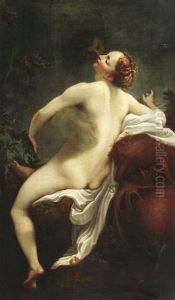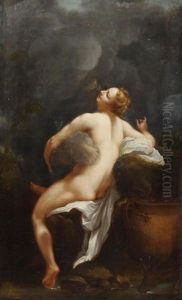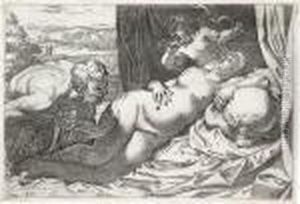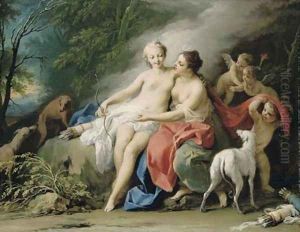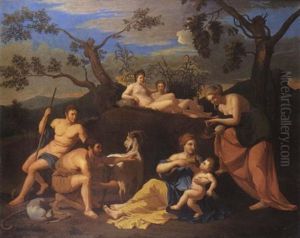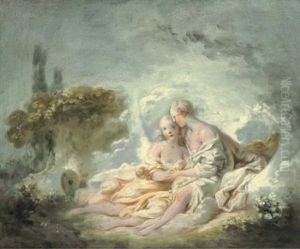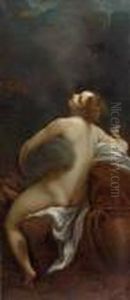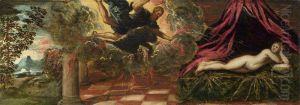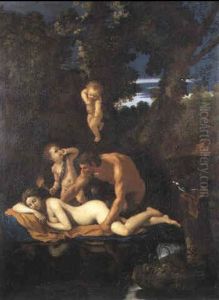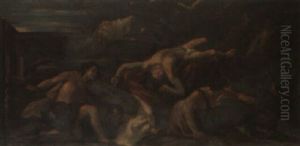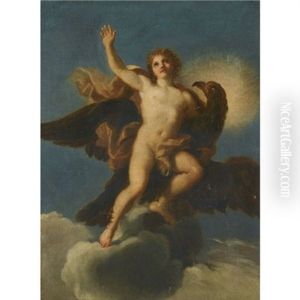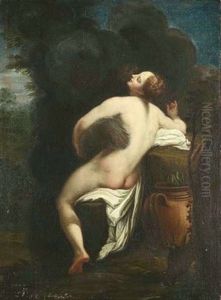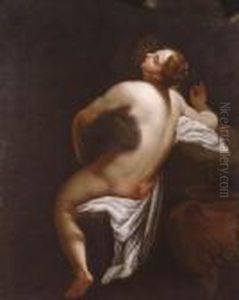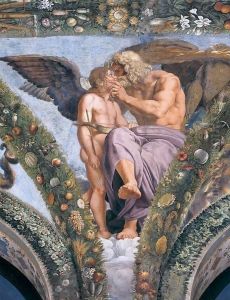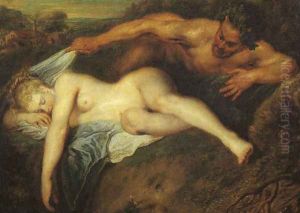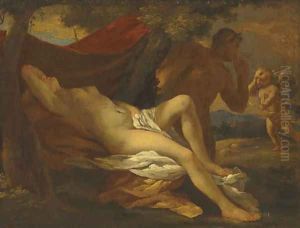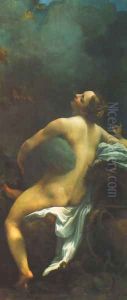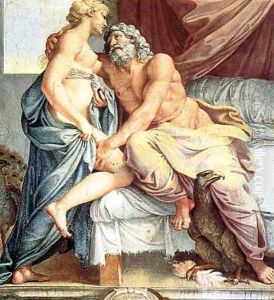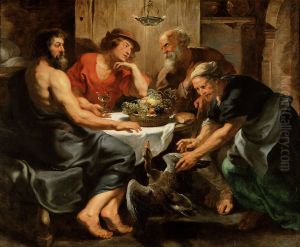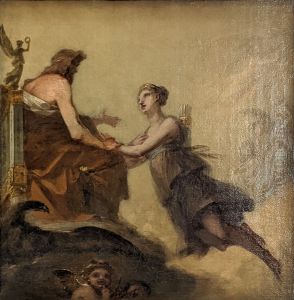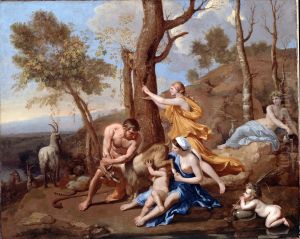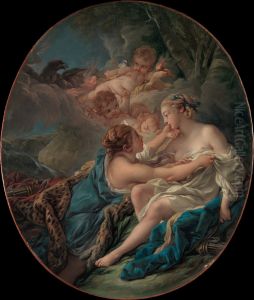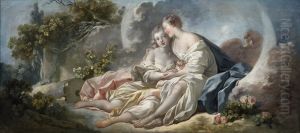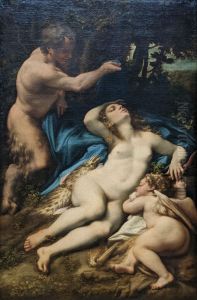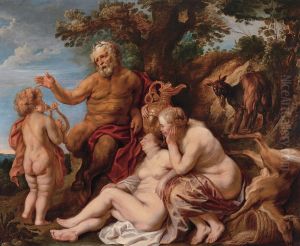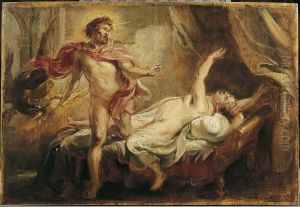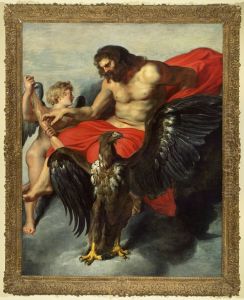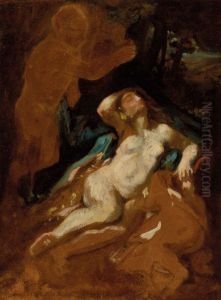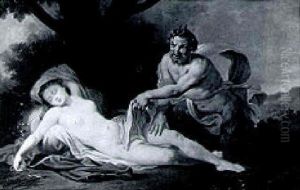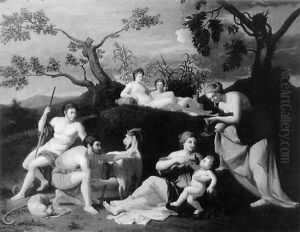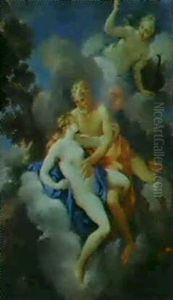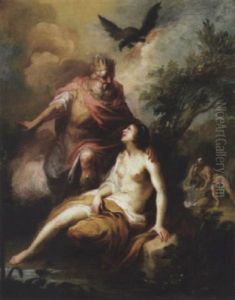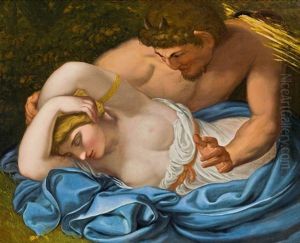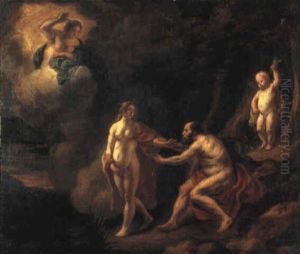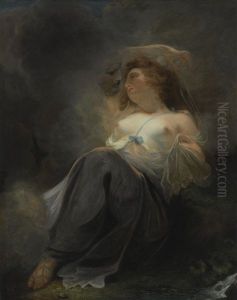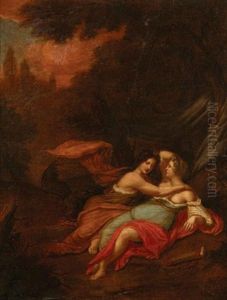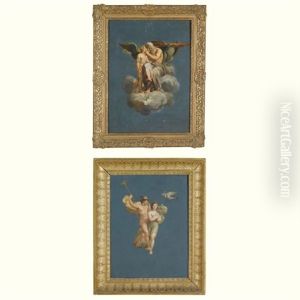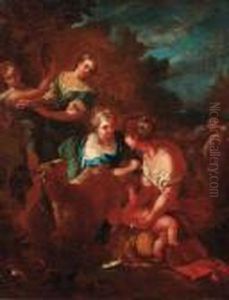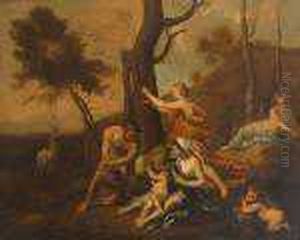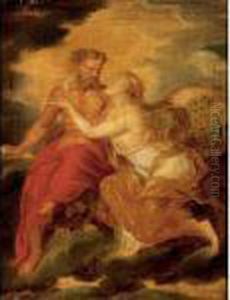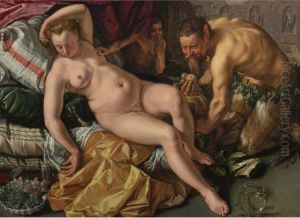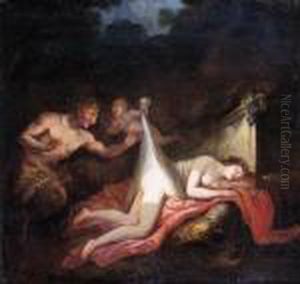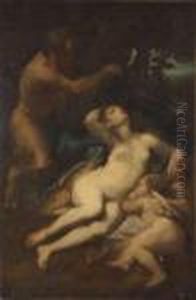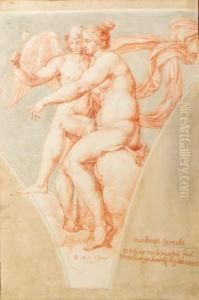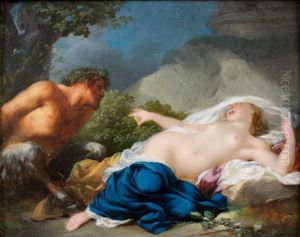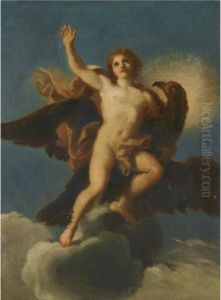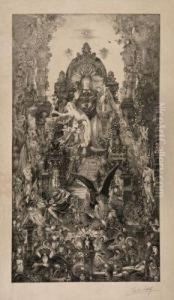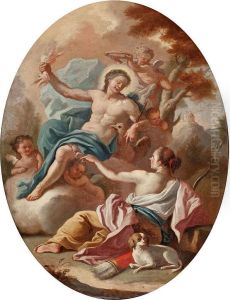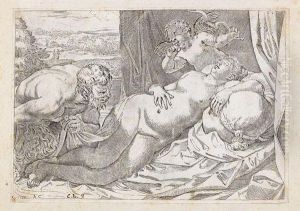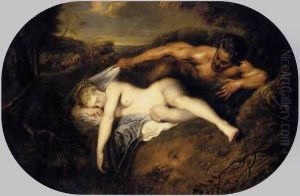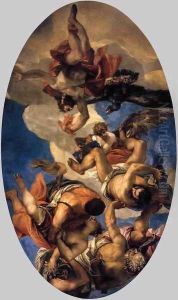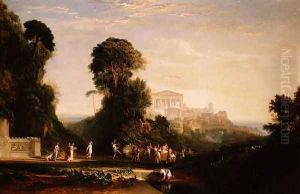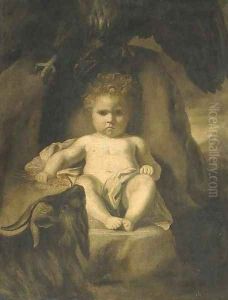Jupiter Paintings
Discovering the Majesty ofJupiterin Classical Art
The figure of Jupiter, supreme ruler of the Roman pantheon and master of the heavens, has captivated artists for centuries. As the mighty counterpart to the Greek god Zeus, Jupiter embodies immense power, divine authority, and a complex array of human passions. His myths, rich with tales of cosmic order, heroic deeds, and numerous romantic entanglements, provided an inexhaustible source of inspiration for painters and sculptors across various epochs. Exploring art centered on Jupiter offers a profound journey into classical mythology, revealing how ancient narratives shaped Western visual culture.
Artistic interpretations of Jupiter often depict him with his signature attributes: the powerful eagle and the formidable thunderbolt, symbolizing his control over the skies. Beyond his regal stature, many masterpieces focus on his legendary love affairs. From Correggio's ethereal transformation of Io, to the abduction of Ganymede, or the seduction of Callisto, these narratives allowed artists to explore themes of divine intervention, beauty, desire, and transformation. These mythological scenes are not merely decorative; they are profound allegories reflecting on power, fate, and the human condition.
The enduring appeal of Jupiter as a subject is evident in the works of many celebrated masters. During the Renaissance, artists like Correggio imbued their depictions with sensuous grace, while Baroque painters such as Peter Paul Rubens brought dramatic dynamism and vibrant energy to Jupiter's exploits. Later, Neoclassical artists like Jean-Auguste-Dominique Ingres revisited these myths with a focus on idealized forms and classical precision. Each era offered fresh perspectives on the king of the gods, solidifying his place as an iconic figure in art history. These paintings often feature other Olympian deities, nymphs, and mortals, weaving intricate tapestries of divine and earthly interactions.
Collecting art that features Jupiter allows enthusiasts to own a piece of this rich artistic heritage. These works, whether grand historical paintings or intimate mythological studies, bring the grandeur of classical antiquity and the mastery of past eras into any space. They serve as a constant reminder of the timeless stories that have shaped Western thought and continue to resonate with audiences today. The meticulous detail and emotional depth found in these classic masterpieces make them truly exceptional additions for any art connoisseur or collector seeking to enrich their environment with significant cultural narratives. Each painting tells a story, offering a window into the divine realm and the imaginative genius of the artists who brought these myths to life.
